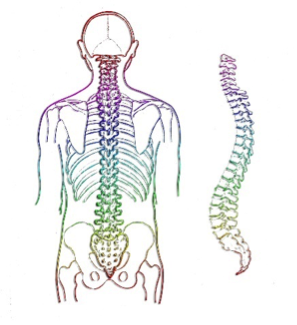News
News releases, events and more from NEOS Surgery.

The Col-Test project, which ended last June, has led to the implementation of a new methodology for the preclinical assays of spine implants. With this new approach, introduction into the market of better, more effective, implants will be achieved in shorter time and with a smaller cost.
According to Ana Rodríguez, the researcher leading the project within NEOS, the project has allowed to “develop a methodology which is useful to create products that are acceptable by the scientific and medical community, as well as safer for the patients”. This is partcularly important for dynamic implants, for which a specific methodology did not exist. This makes preclinical testing more expensive, and thus difficults market access.
Within the project, with the collaboration of the Universitat Autònoma de Barcelona, the Instituto de Biomecánica de Valencia and the technology centre Eurecat, a new technique based on in vitro models of vertebrae and intervertebral discs has been established. Testing is then performed in assay machines that mimic the physiological loads and movements. Finally, the new method has been validated through in vivo assays.
